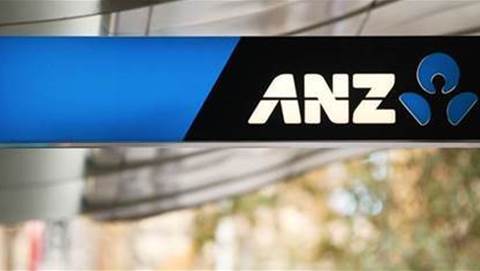The starter gun has fired and the race has now commenced for super funds and employers to achieve SuperStream compliance by July 1, 2015.

SuperStream is designed to streamline the superannuation payment process by introducing a new data standard for superannuation payments and contributions. This will save businesses time and contributions in funds will be recognised in a matter of hours or days rather than months.
For an individual, that means cold hard cash in a super account sooner.
“For individuals who hold an account in the superannuation system, SuperStream will result in lower fund administration costs being charged as fees and therefore a higher retirement saving overall,” said Philip Hind, national program manager for data standards and e-commerce for the ATO.
“The Cooper Review of 2010 estimated the additional retirement income SuperStream will generate will be between $40,000 and $45,000.”
Australian workers have already seen the first fruits of the super reform in the form of electronic rollovers between funds.
Although support for super reform appears to be unanimous across the industry, some institutions have questioned the manner in which the ATO has chosen to implement SuperStream.
“We support the overarching intent of Superstream as we believe it makes sense for the industry to move to 100 percent electronic process,” said Peter Chun, general manager at Colonial First State, “but there are many ways of doing that.
“The ATO’s standardised approach to the implementation means that no matter how your business is currently configured, there is a requirement to standardise everything. In our situation, we have to go backwards in order to go forward. That’s a major cost we have to incur to realise the endstate of 100 percent electronic.”
With rollovers out of the way, contributions are now the next phase.
“It’s a far more complex ecosystem because of the number of players,” Chun said. “We welcomed the deferral of the deadline because there are still a lot of unknowns and complexity particularly in getting the employers to comply.”
Technical Standards
SuperStream introduces the new ebMS 3.0 AS4 standard for all employers to make uniform, electronic super contributions for employees.
Hind explained that the technical specifications were selected after consultation with a working group (‘The SuperStream Working Group) that included representatives from 30 organisations including employers, fund managers and other intermediaries.
The data specifications were based on SBR (Standard Business Reporting) as the standard was already developed, adopted and mandated for doing business with the Australian Government.
Adjustments were made to meet the findings of the Cooper Review and to adhere to the legislative instrument that sets out the specifications, including a standard set of business terms, data message and reporting formats, messaging service standards including guidelines for encryption and a standard format for electronic payments.
“Our preference was to work on a more market-based approach,” explained Chun, who as one of the directors of the association of superannuation practitioners was part of the SuperStream working group, “but the government has mandated one standard and we have to move our business and our employers to this one standard.
“The path to implementation has meant a backward step and for our organisation to rebuild our back end systems to comply.”
Stay tuned for part two of this series later today; in which iTnews polls payroll suppliers about their readiness for SuperStream.









.png&w=100&c=1&s=0)

 iTnews Benchmark Security Awards 2025
iTnews Benchmark Security Awards 2025
 Digital Leadership Day Federal
Digital Leadership Day Federal
 Government Cyber Security Showcase Federal
Government Cyber Security Showcase Federal
 Government Innovation Showcase Federal
Government Innovation Showcase Federal
 Digital NSW 2025 Showcase
Digital NSW 2025 Showcase












_(1).jpg&h=140&w=231&c=1&s=0)



